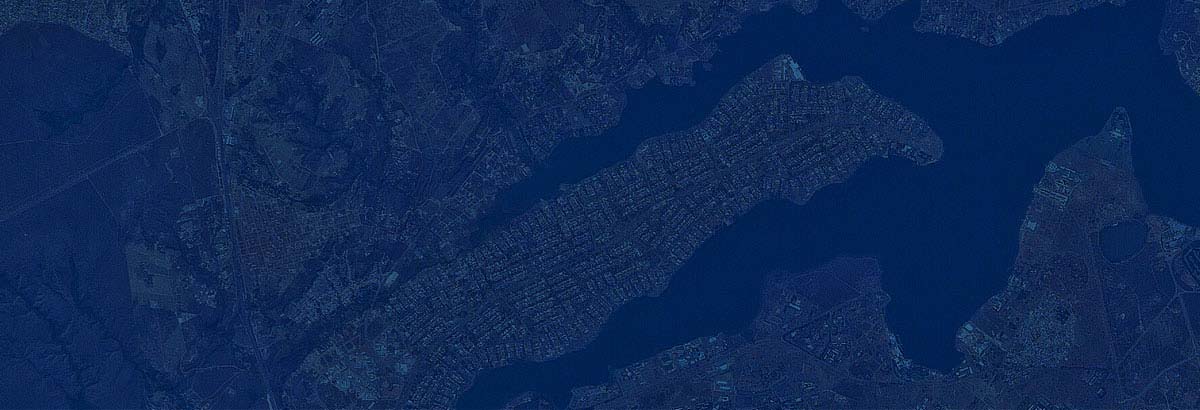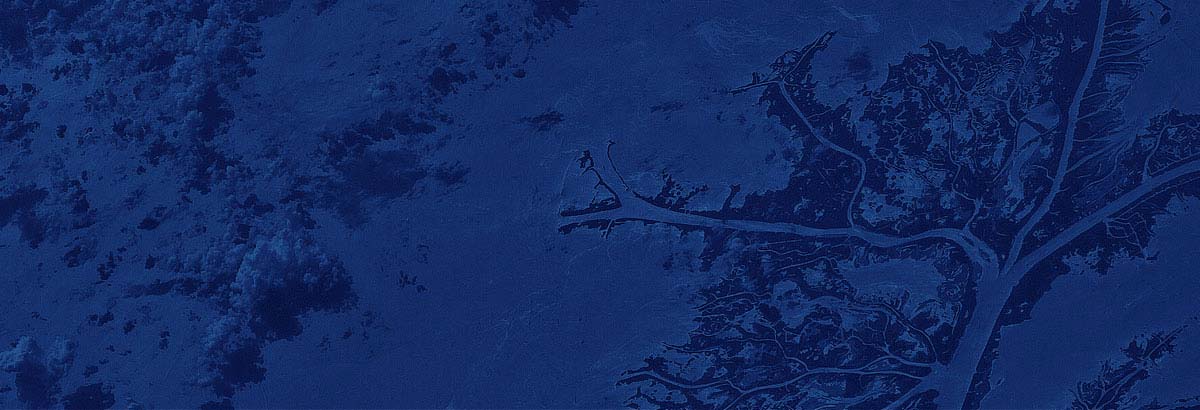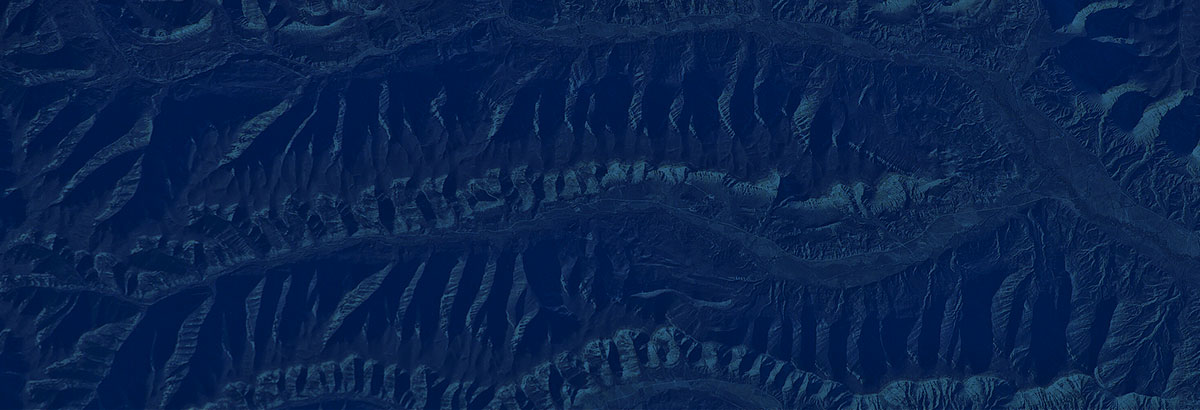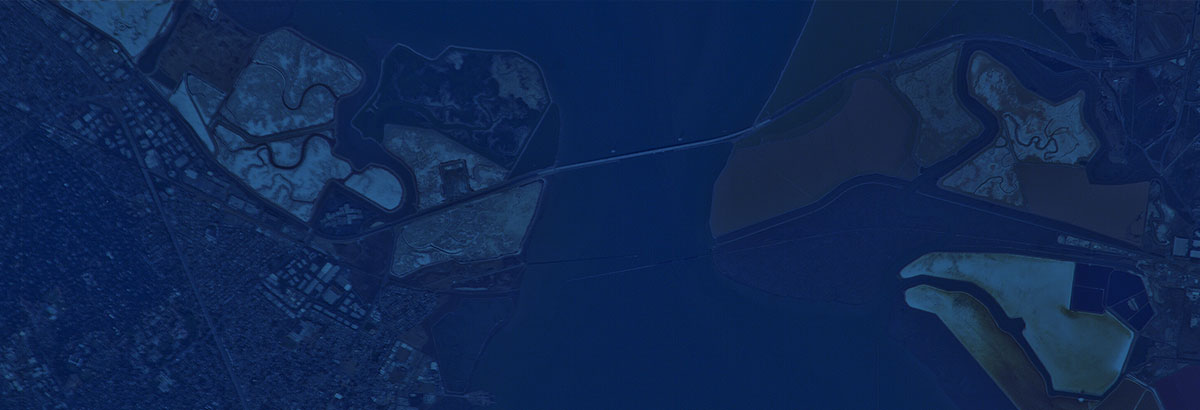Asteroid Institute | Spring 2025 Hackathon Brings our Team and DiRAC together
April 18, 2025
 The Asteroid Institute team outside the University of Washington Physics and Astronomy Building. From left to right: Delphine Veronese-Milin, Alec Koumjian, Joachim Moeyens, Ed Lu, Danica Remy, Nate Tellis, Kathleen Kiker, Colleen Fiaschetti
The Asteroid Institute team outside the University of Washington Physics and Astronomy Building. From left to right: Delphine Veronese-Milin, Alec Koumjian, Joachim Moeyens, Ed Lu, Danica Remy, Nate Tellis, Kathleen Kiker, Colleen Fiaschetti
Earlier this month, our Asteroid Institute team gathered at the University of Washington in Seattle for our first hackathon of the year. Flying in from San Francisco, New York, and Vermont, the four-day sprint gave us the opportunity to work shoulder to shoulder, deepen collaborations with partners at the DiRAC Institute, and open our doors to the local community.
The engineering team focused their efforts on developing a new tool to generate trajectory plots for deep space mission planning. These “pork chop” visualizations help identify how much launch energy is needed for a spacecraft to reach a celestial body, depending on departure and arrival dates—a critical factor for mission design.
During the week, UW graduate Dr. Joachim Moeyens and our Head of Software Engineering Alec Koumjian presented the Asteroid Institute’s open-source software packages to members of the LSST Interdisciplinary Network for Collaboration and Computing (LINCC). These orbital dynamics tools—used earlier this year in the analysis of asteroid 2024 YR4—are publicly available to help others analyze, link, and simulate asteroid orbits. Read more about the software and how to get started here.
We were also fortunate to connect with Dr. Matthew Holman, Director at the Harvard & Smithsonian Center for Astrophysics, who was visiting the University. In discussions with the team, he shared insights on key challenges in orbit determination and helped identify areas where our current systems can evolve—ultimately supporting more robust, scalable integrations in the future.
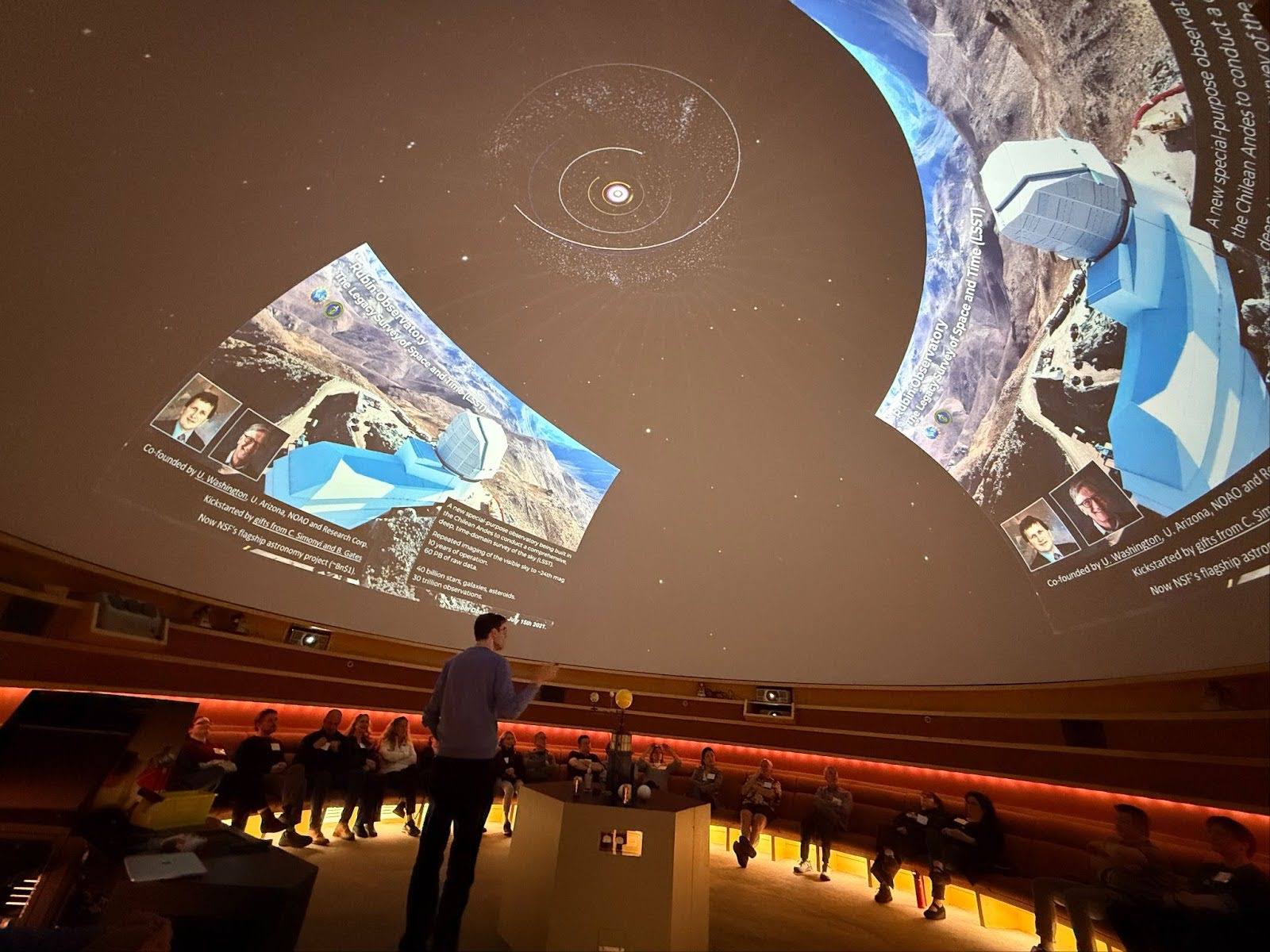 Dr. Mario Juric giving a presentation in the University of Washington’s Planetarium.
Dr. Mario Juric giving a presentation in the University of Washington’s Planetarium.
The week concluded with a public event co-hosted by the Asteroid Institute and DiRAC at the University of Washington Planetarium. Dr. Mario Jurić, Director of DiRAC, kicked off the evening with updates on the Vera C. Rubin Observatory and what’s ahead as survey data begins flowing in. He was followed by Dr. Ed Lu, who shared our recent work on asteroid 2024 YR4 and how joint efforts like this are laying the foundation for mapping the solar system.










